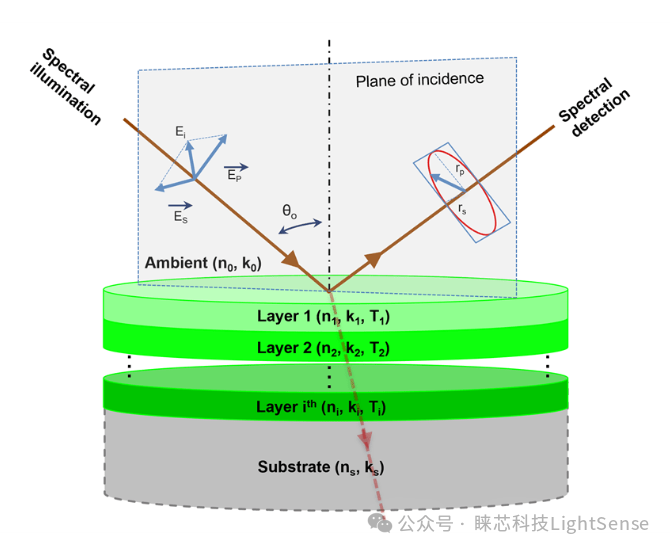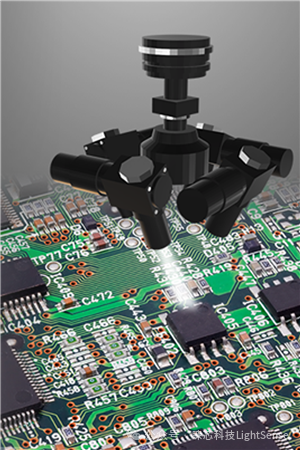
Source: LightSense Technology
This article introduces the parameters that need to be measured in optical sensing.
Optical waves are used to sense various parameters, with applications spanning all branches of science, engineering and technology, biomedicine, agriculture, and more. Devices that use light for sensing, measuring, and controlling are called optical sensors. Optical sensing is typically non-contact and non-invasive, providing very precise measurements. In these sensors, light waves serve as both the information sensor and the information carrier.
Any of the following characteristics of light waves can be modulated by measuring characteristics (the object being measured):
Amplitude or intensity, phase, polarization, frequency, propagation direction
1. Amplitude/Intensity-Based Sensors
Many sensors measure the change in intensity immediately after the wave propagates through the area of interest. The object being measured changes the intensity of the wave or attenuates the wave—the simplest case is measuring opacity or density.
In another application, the rotation of the polarization plane of linearly polarized light is measured using Malus’s law.
When p-polarized waves (TM) are incident on a dielectric-air interface, the refractive index of the dielectric is obtained by monitoring the reflected light.
2. Phase Measurement-Based Sensors
Phase measurement can be used for various measurements within a certain accuracy range. Light waves can be modulated, and the phase of the modulated wave can be measured relative to a specific reference to extract information about the measurement. Alternatively, the phase of the light wave itself can be measured. The phase may be affected by distance, refractive index, and the wavelength of the light source.
Various phase measurement instruments, commonly referred to as interferometers, can achieve precision from nanometers to millimeters. Interferometers can also measure the derivative of displacement or generally measure the derivative of the measured object. Heterodyne interferometry is used to measure distance, absolute distance, and very high speeds.
3. Polarization-Based Sensors
Malus’s law, photoelasticity, Faraday rotation, etc., are based on the polarization changes of the measured object and have been used to measure many quantities. Faraday rotation is used to measure the current flowing through a wire, electro-optic birefringence is used to measure voltage, stress-optic law is used to measure force, and ellipsometry is used to measure film thickness and refractive index.
4. Frequency Measurement-Based Sensors
The reflection of light from moving objects causes a frequency shift (Doppler shift) in the reflected light. This frequency shift, known as the Doppler frequency shift, is directly related to the speed of the object. It is measured by heterodyning the received signal with the non-shifted light signal. Heterodyne interferometry is used to measure displacement.
For very high speeds, the Doppler frequency shift becomes very large, making it uncontrollable by electronic devices. Using laser Doppler interferometry, light with Doppler frequency shift is input into the interferometer to obtain a low-frequency signal, which is then related to speed.
5. Direction Change-Based Sensors
Optical direction devices based on direction change can be used to monitor many variables such as displacement, pressure, and temperature. For example, 3D cameras—structured light, binocular vision, and time-of-flight light.
END
Reprinted content only represents the author’s views
It does not represent the position of the Institute of Semiconductors, Chinese Academy of Sciences
Editor: Xiaoshuai
Reviewer: Liu Kuaiqian’s Fish
Submission Email: [email protected]
1. The Institute of Semiconductors has made progress in the research of bionic covering neuron models and learning methods
2. The Institute of Semiconductors has made significant progress in inverted structure perovskite solar cells
3. Why is copper used as the interconnect metal in chips?
4. What exactly is 7nm in chips?
5. Silicon-based integrated optical quantum chip technology
6. How anomalous is the quantum anomalous Hall effect? It may lead to the next revolution in information technology!






